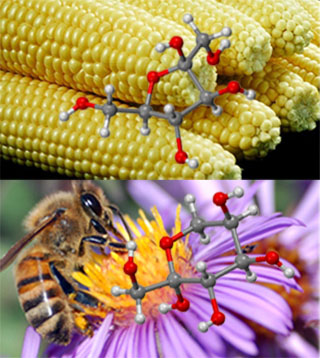Course Description
This course focuses on contributions of biochemistry toward an understanding of the structure and functioning of organisms, tissues, and cells. Topics include:
- Chemistry and functions of constituents of cells and tissues and the chemical and physical-chemical basis for the structures of nucleic acids, proteins, and …
This course focuses on contributions of biochemistry toward an understanding of the structure and functioning of organisms, tissues, and cells. Topics include:
- Chemistry and functions of constituents of cells and tissues and the chemical and physical-chemical basis for the structures of nucleic acids, proteins, and carbohydrates.
- Basic enzymology and biochemical reaction mechanisms involved in macromolecular synthesis and degradation, signaling, transport, and movement.
- General metabolism of carbohydrates, fats, and nitrogen-containing materials such as amino acids, proteins, and related compounds.
NOTE: The first half of this course, taught by Prof. Yaffe, is available on the MITx platform as 7.05x Biochemistry: Biomolecules, Methods, and Mechanisms. This OCW website provides content primarily from the second half with Prof. Vander Heiden, which focuses on metabolism.
Course Info
Instructors
Departments
Learning Resource Types
theaters
Lecture Videos
assignment_turned_in
Problem Sets with Solutions
grading
Exams

Would sugar by any other name taste as sweet? We learn in lecture 12 that the fructose in honey is a pyranose, whereas the fructose in corn syrup is a furanose, and one actually is sweeter. (Collage by MIT OpenCourseWare. Images by Benjah-bmm27, Severnjc, & USDA. Wikimedia Commons, public domain.)








